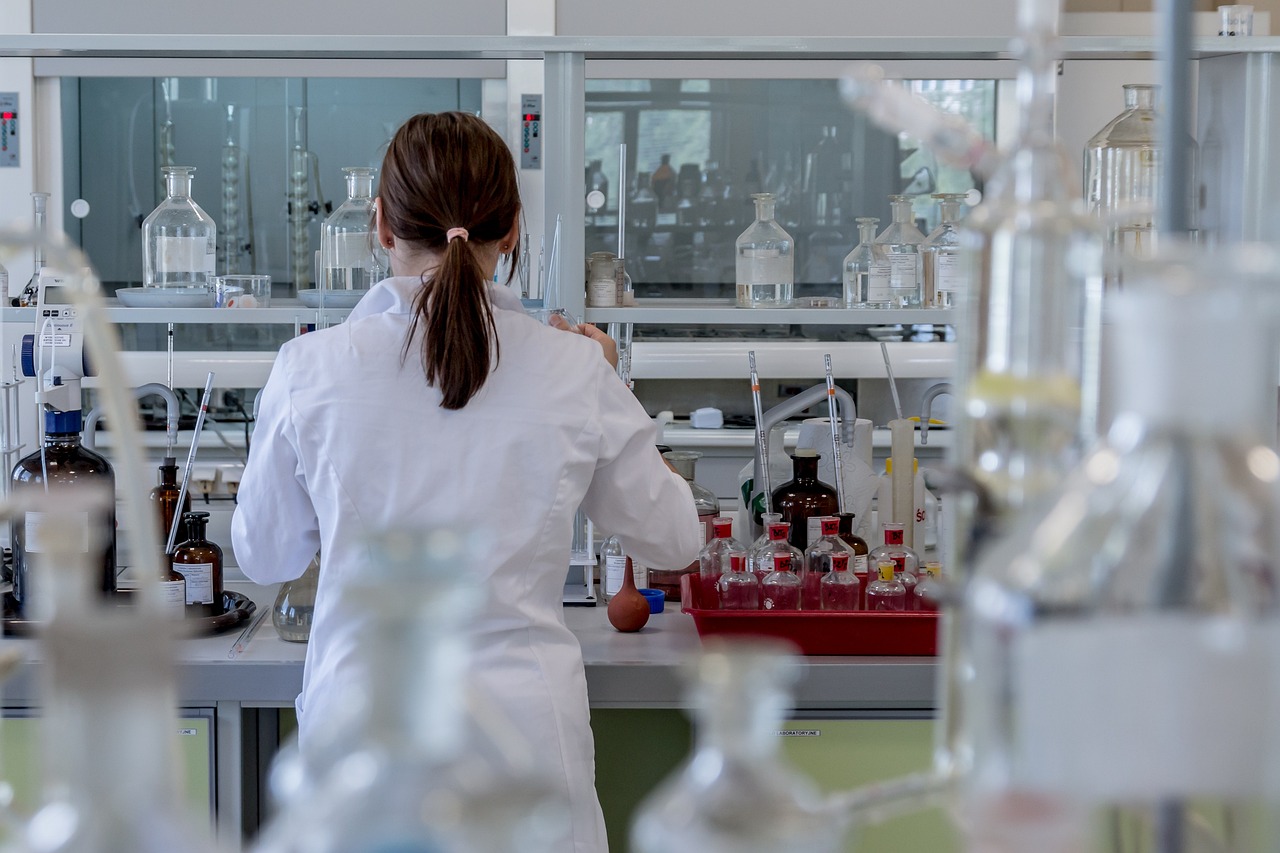Antibiotics of the future are prone to bacterial resistance
New research from the HUN-REN Biological Research Centre, Szeged, Hungary, has revealed a critical challenge: resistance to new antibiotics can emerge even before their widespread use. Two recent studies, published in Science Translational Medicine and Nature Microbiology, examined 18 new antibiotics targeting five key bacterial species that cause hospital infections. The findings show that pre-existing resistance mutations, likely linked to the overuse of older antibiotics, can render these drugs ineffective from the outset.
No Antibiotics Are Free from Resistance
"New antibiotics are often marketed as resistance-free, but this claim relies on limited data," says Dr. Csaba Pál, principal investigator. "Our research highlights a major issue: antibiotic development tends to prioritize broad-spectrum activity - that is the number of bacterial species a drug targets- over long-term sustainability. While many new antibiotics indeed offer a broader spectrum, this doesn’t guarantee they will remain effective in the long run in clinical use."
The studies found that resistance developed rapidly against nearly all the tested antibiotics, defying earlier expectations. For example, teixobactin, once hailed as a revolutionary drug, was believed to beless prone to resistance. However, the research revealed that bacteria can adapt to it with this adaptation resulting in cross-resistance to other critical antibiotics. Alarmingly, the team also found that resistance mutations may already exist in bacterial populations, likely due to the overuse of older antibiotics and the shared resistance mechanisms between those and new drugs. These pre-existing mutations could render even the newest drugs ineffective shortly after they are introduced into clinical use.
Rethinking Antibiotic Development
The studies call for a fundamental shift in how antibiotics are developed. Drug companies must incorporate resistance studies early in the development process to anticipate and mitigate risks before antibiotics are released. Integrating resistance prediction and genetic surveillance into drug design could reduce the chances of failure.
Lejla Daruka, PhD, one of the lead authors, notes, "Some new antibiotics show more promise than others, as resistance develops more slowly or only in specific bacterial species. Understanding why these drugs perform better is the next crucial step."
The studies emphasize the importance of prioritizing antibiotics with novel modes of action to bypass existing resistance. In cases where only certain bacterial species are prone to resistance, narrow-spectrum therapy could provide an effective alternative. Finally, the studies stress the urgency of responsible antibiotic use to slow down the evolution of resistance and ensure the prolonged efficacy of new treatments in the future.
Two recent studies, published just days apart in Science Translational Medicine and Nature Microbiology.

Lead authors of the two studies: (top row, from left to right) Márton Simon Czikkely, MD; Ana Martins, PhD; Zoltán Farkas, PhD; (bottom row, from left to right) Petra Szili, PhD; Lejla Daruka, PhD)

